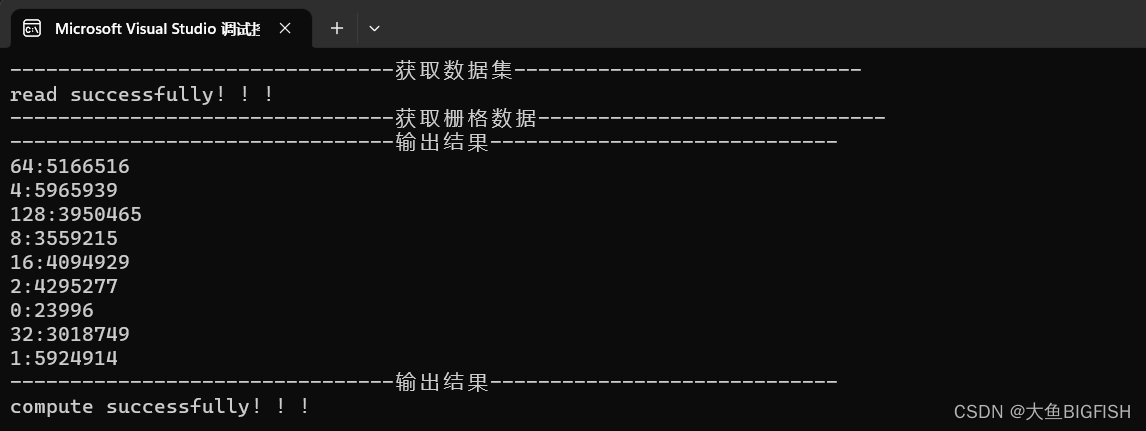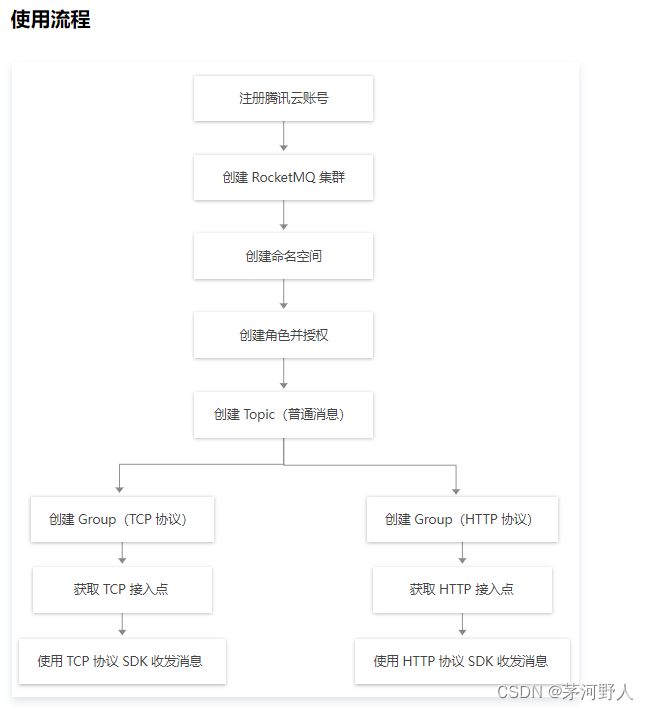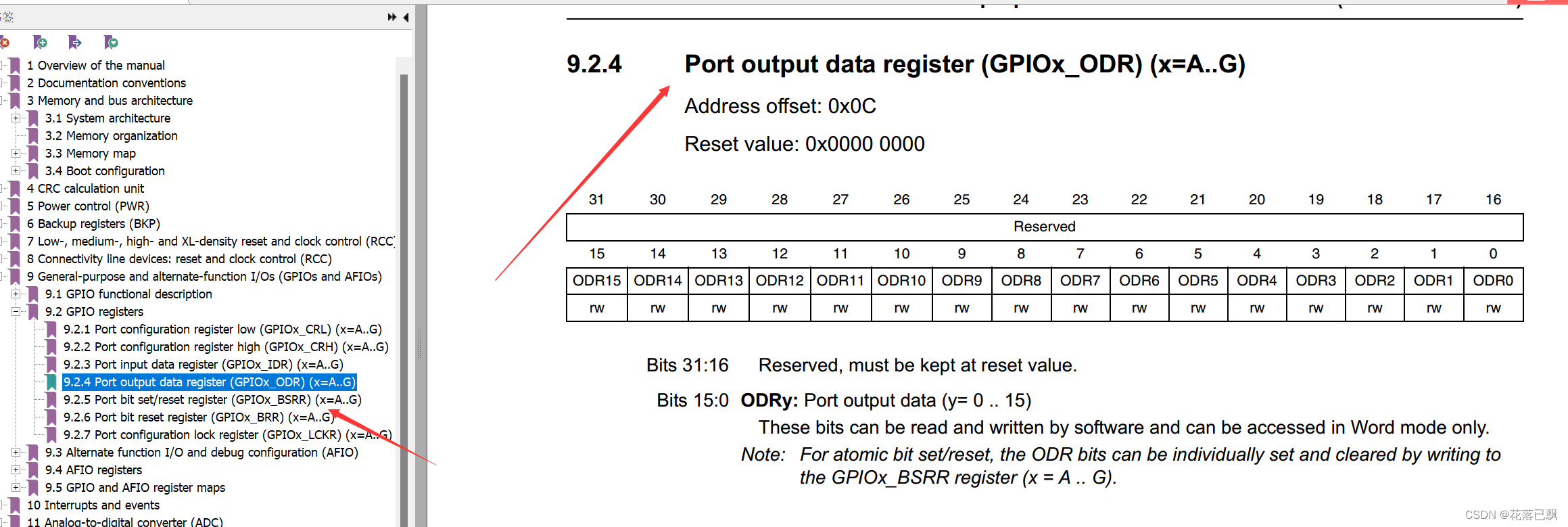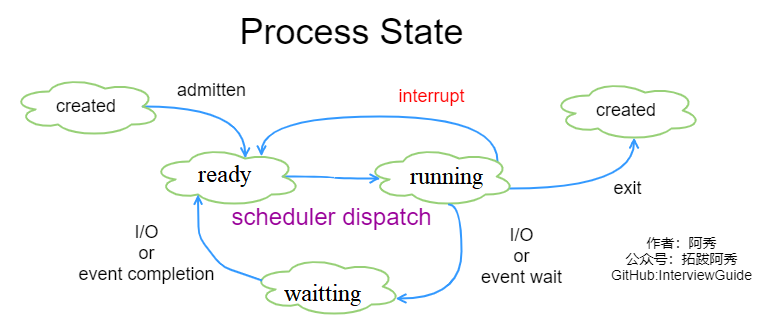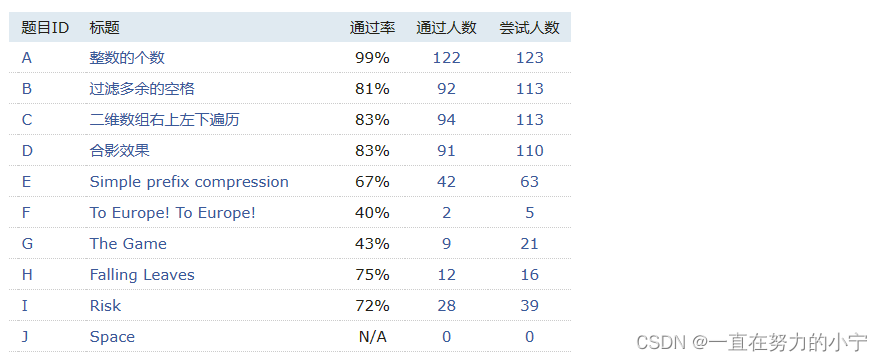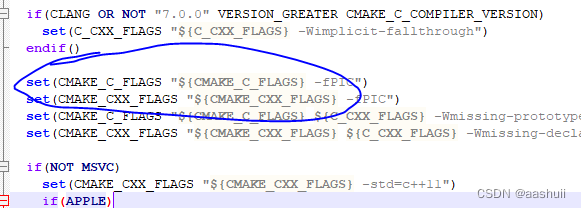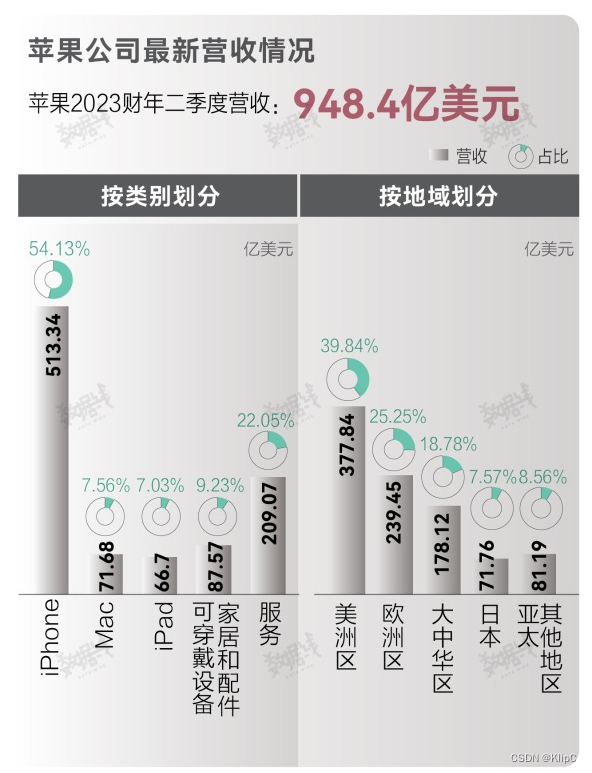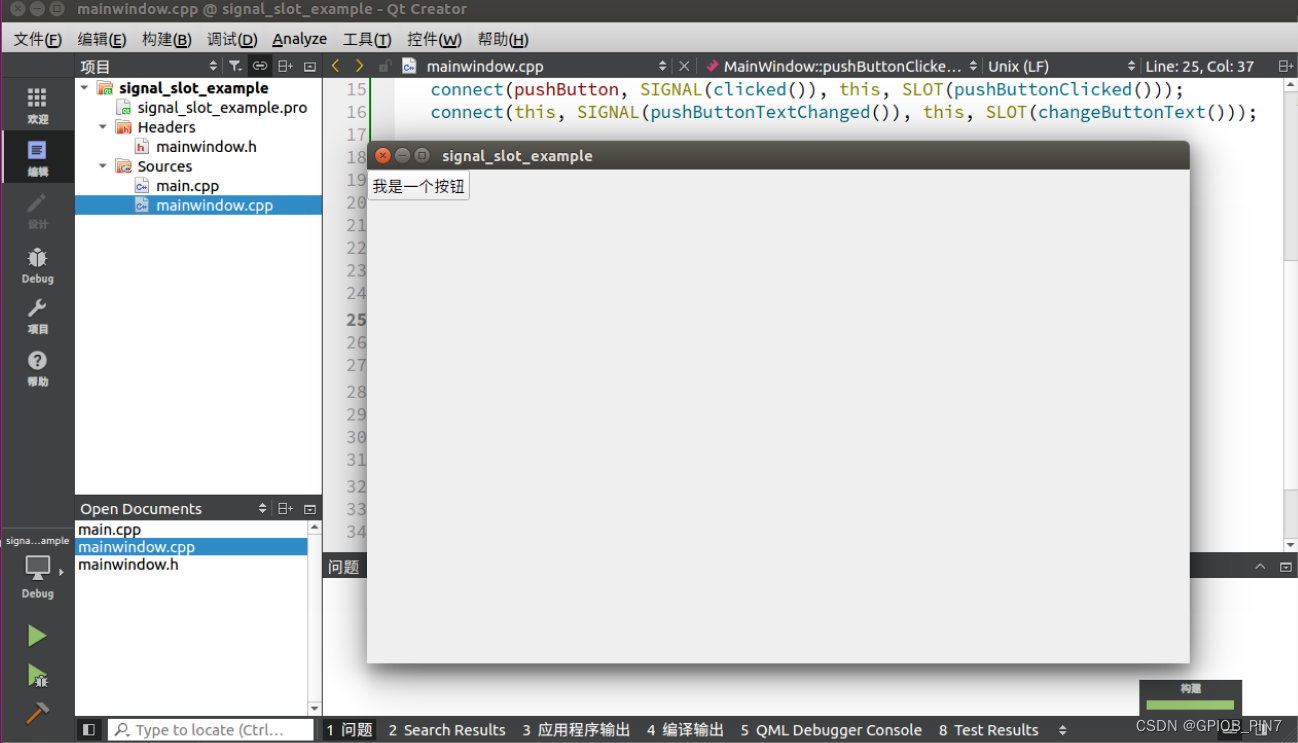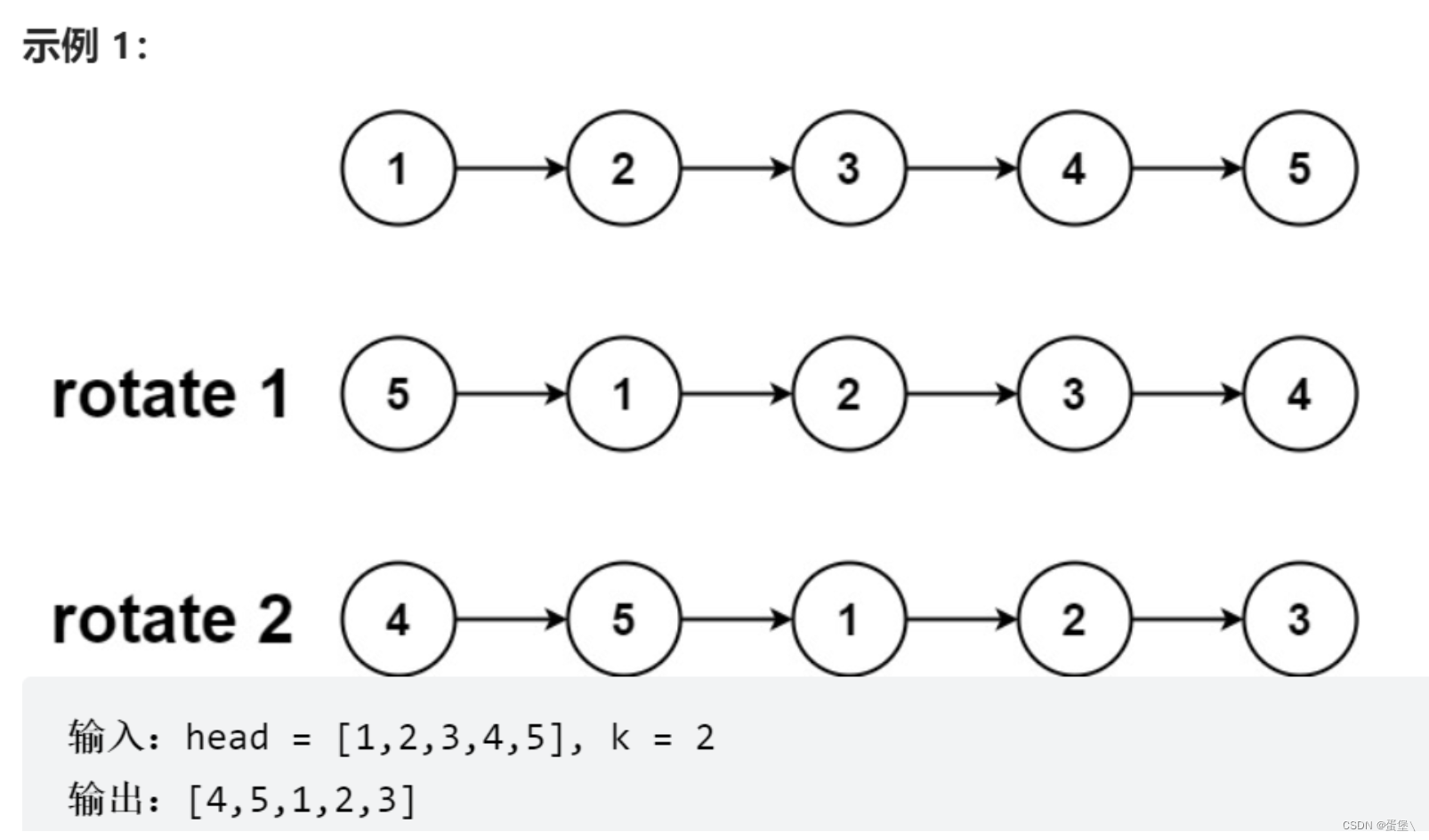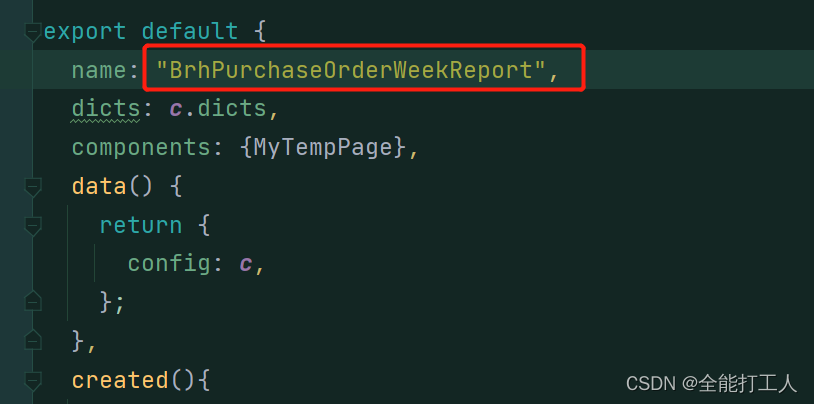D flip-flop
module top_module (
input clk,
input d,
output reg q );
always @(posedge clk)
q <= d;
endmodule
D flip-flops
建立一个8bit的D触发器
module top_module (
input clk,
input [7:0] d,
output reg [7:0] q
);
always @(posedge clk)
q <= d;
endmodule
DFF with reset
建立一个8bit的D触发器,带同步高电平复位
module top_module (
input clk,
input reset, // Synchronous reset
input [7:0] d,
output reg [7:0] q
);
always @(posedge clk)
if(reset)
q <= 0;
else
q <= d;
endmodule
DFF with reset value
建立一个下降沿触发的8bit的D触发器,带同步高电平复位,复位时,将触发器的值设置为0x34
module top_module (
input clk,
input reset,
input [7:0] d,
output reg [7:0] q
);
always @(negedge clk)
if(reset)
q <= 8'h34;
else
q <= d;
endmodule
DFF with asynchronous reset
建立一个8bit的D触发器,带异步高电平复位
module top_module (
input clk,
input areset, // active high asynchronous reset
input [7:0] d,
output reg [7:0] q
);
always @(posedge clk, posedge areset)
if(areset)
q <= 0;
else
q <= d;
endmodule
DFF with byte enable
建立一个16bit的D触发器,带2bit的字节使能byteena[1:0],带同步低电平复位
module top_module (
input clk,
input resetn,
input [1:0] byteena,
input [15:0] d,
output reg [15:0] q
);
always @(posedge clk)
if(~resetn)
q <= 0;
else begin
if(byteena[1])
q[15:8] <= d[15:8];
if(byteena[0])
q[7:0] <= d[7:0];
end
endmodule
D latch
module top_module (
input d,
input ena,
output q);
assign q = ena ? d : q;
endmodule
DFF
建立一个带异步高电平复位的D触发器
module top_module (
input clk,
input d,
input ar, // asynchronous reset
output reg q);
always @(posedge clk, posedge ar)
if(ar)
q <= 0;
else
q <= d;
endmodule
DFF
建立一个带同步高电平复位的D触发器
module top_module (
input clk,
input d,
input r, // synchronous reset
output reg q);
always @(posedge clk)
if(r)
q <= 0;
else
q <= d;
endmodule
DFF + gate
实现如下电路

module top_module (
input clk,
input in,
output reg out);
always @(posedge clk)
out <= in ^ out;
endmodule
Mux and DFF
如下电路中,实例化了3个D触发器+选择器模块,实现D触发器+选择器模块

module top_module (
input clk,
input L,
input r_in,
input q_in,
output reg Q);
always @(posedge clk)
Q <= L ? r_in : q_in;
endmodule
Mux and DFF
如下电路是n-bit移位寄存器

实现其中一级,包括D触发器和选择器
module top_module (
input clk,
input w, R, E, L,
output reg Q
);
always @(posedge clk)
Q <= L ? R : (E ? w : Q);
endmodule
DFFs and gates
实现如下电路

module top_module (
input clk,
input x,
output z
);
reg [2:0] st = 0;
always @(posedge clk)
st <= {x ^ st[2], x & ~st[1], x | ~st[0]};
assign z = ~| st;
endmodule
Create circuit from truth table
| J | K | Q |
|---|---|---|
| 0 | 0 | Qold |
| 0 | 1 | 0 |
| 1 | 0 | 1 |
| 1 | 1 | ~Qold |
使用DFF和逻辑门建立JK触发器,实现上述真值表
module top_module (
input clk,
input j,
input k,
output reg Q);
always @(posedge clk) begin
if(~j & k)
Q <= 0;
else if(j & ~k)
Q <= 1;
else if(j & k)
Q <= ~Q;
end
endmodule
Detech an edge
检测8bit输入的上升沿,波形如下:

module top_module (
input clk,
input [7:0] in,
output [7:0] pedge
);
reg [7:0] q1, q2;
always @(posedge clk) begin
q1 <= in;
q2 <= q1;
end
assign pedge = q1 & ~q2;
endmodule
Detect both edges
检测输入的双边沿,波形如下

module top_module (
input clk,
input [7:0] in,
output [7:0] anyedge
);
reg [7:0] q1, q2;
always @(posedge clk) begin
q1 <= in;
q2 <= q1;
end
assign anyedge = q1 ^ q2;
endmodule
Edge capture register
捕捉32bit输入的下降沿,即当出现下降沿时,输出将变为1并保持,同步高电平复位,波形如下

module top_module (
input clk,
input reset,
input [31:0] in,
output reg [31:0] out
);
reg [31:0] q;
always @(posedge clk)
q <= in;
integer i;
always @(posedge clk) begin
if(reset)
out <= 0;
else begin
for(i = 0; i < 32; i = i + 1) begin
if(q[i] & ~in[i])
out[i] <= 1'b1;
end
end
end
endmodule
Dual-edge triggered flip-flop
实现一个双边沿触发的D触发器,但不要在一个always里面同时使用上升沿和下降沿,这是不可综合的
波形如下

module top_module (
input clk,
input d,
output q
);
reg pos, neg;
always @(posedge clk)
pos <= d;
always @(negedge clk)
neg <= d;
assign q = clk ? pos : neg;
endmodule
